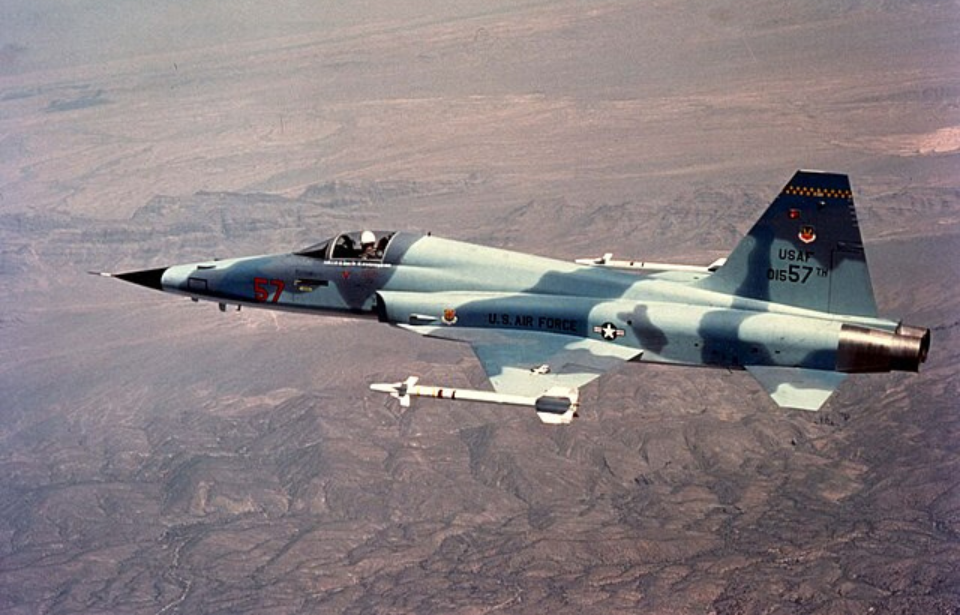In the realm of fighter jets, the main goals have consistently been to improve speed, reduce purchasing and upkeep costs, and ensure outstanding combat capabilities. Northrop Corporation was confident they had achieved this with the F-5. Yet, despite its extensive use by numerous U.S. allies and its ongoing operational role, it struggled to attract any real interest from the U.S. Air Force.
Developing a lighter, faster and smaller supersonic fighter
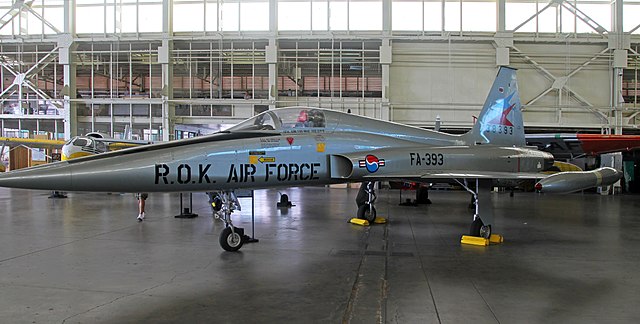
The story of the Northrop F-5 dates all the way back to the 1950s, when Edgar Schmued, an aircraft designer and the vice president of engineering at Northrop Corporation, instructed his team to create an aircraft that went against traditional norms. Instead of crafting a large, heavy fighter jet like their competitors, Schmued envisioned a design that was lightweight, reliable, highly maneuverable, and economical to maintain.
This was a formidable task, but Schmued’s team rose to the occasion. They received were help along the way from Walko Gasich, Northrop’s chief engineer. Gasich proposed placing the engines within the fuselage to enhance performance and introduced the concept of “life cycle cost” for aircraft, providing the designers with a structured framework to guide their efforts.
More interested in a trainer than a combat aircraft
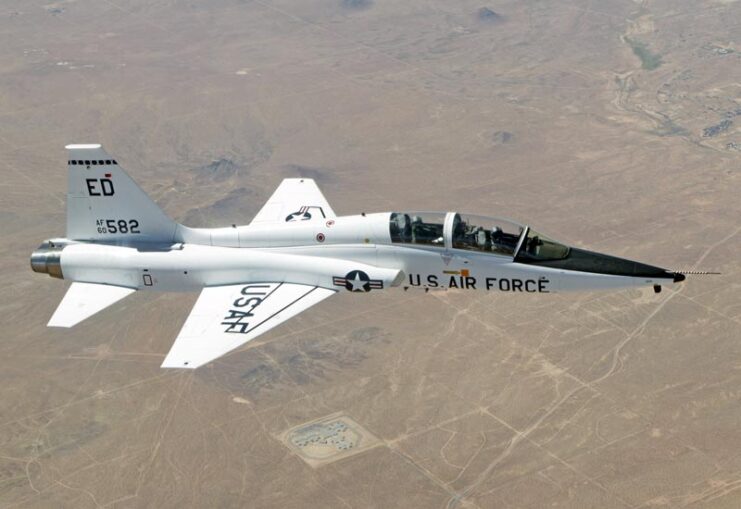
Northrop Corporation initially anticipated that the US Air Force would take an interest in the F-5, which was originally designated the N-156F. However, the Air Force’s priorities shifted away from a combat aircraft and instead they were more interested in a trainer model: the two-seater YT-38 Talon.
Despite the Air Force’s preference for the YT-38, Northrop chose to proceed independently with the development of the N-156F. In February 1958, the Military Assistance Program authorized the creation of three prototypes, with the goal of potential exports to US allies. While the initial response was tepid, the project gained traction during President John F. Kennedy‘s administration, and by 1964, the Royal Norwegian Air Force became the first to receive operational F-5s.
Northrop F-5A/B Freedom Fighter vs. F-5E/F Tiger II
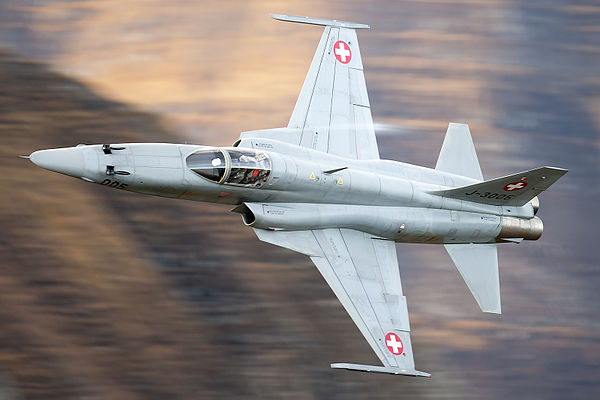
The first iterations of the Northrop F-5 were the “A” and “B” Freedom Fighter models. As aforementioned, they entered service in the 1960s, during the height of the Cold War, with more than 800 being manufactured and delivered to international partners.
Following the International Fighter Aircraft Competition, the Northrop Corporation introduced a more advanced version of the F-5. The “E” and “F” variants – the Tiger II – featured several upgrades, including a better fuel capacity, advanced avionics, a greater wing area with improved leading edge extensions, an inertial navigation system and the air-to-air refueling capabilities.
Similarly to the previous versions of the fighter, the F-5E/F was (and continues to be) operated by American allies. While some units are flown by branches of the US military, this is in more of a training capacity. By the time production ceased in 1987, the total number of aircraft produced under these two variants was around 1,400.
Northrop F-5E/F Tiger II specs.
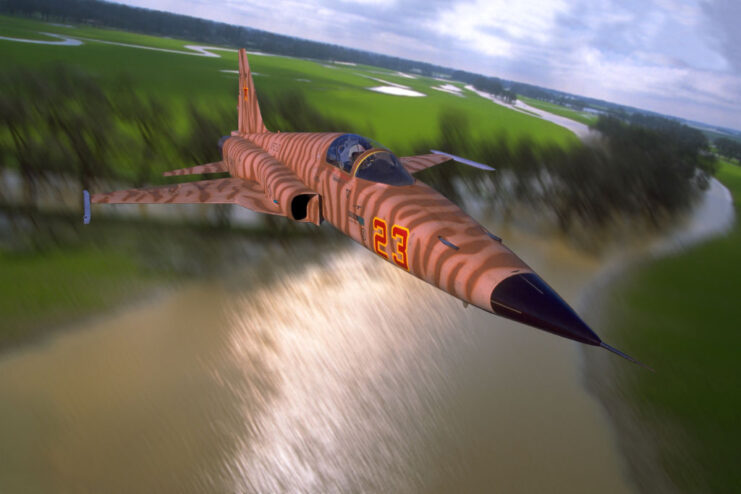
As aforementioned, the Northrop F-5E/F Tiger II is the more advanced version of this lightweight fighter – but how is it different from its “A” and “B” predecessors? Well, for starters, it features a much more powerful pair of engines, replacing the original J85 power plants with more capable J-85-GE-21s. These allow the F-5E/F to reach a maximum speed of Mach 1.63, with a 140-mile range when carrying weaponry on its hard points.
Speaking of weaponry, the F-5E/F makes use of a combination of aircraft-mounted cannons and droppable munitions that allow it to hit targets both in the air and on the ground. It’s primary armaments are two 20 mm M39A2 Revolvers at the nose, while its seven hard points (one under the fuselage, four at the wing-tips and four under the wings) allow for the equipping of a variety of missiles and rocket pods and/or the storing of drop fuel tanks and air-to-ground ordnance.
Operational service over the decades
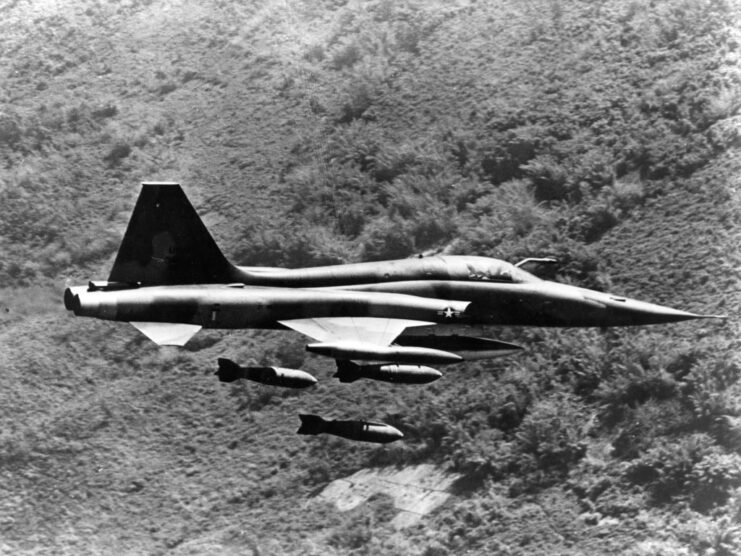
Despite being designed in the 1950s, the Northrop F-5 continues to see active service around the world, with the likes of Brazil, Mexico, Thailand, Honduras, Iran and others still equipping it.
In regards to the US Air Force, the fighter first entered service as a trainer with the 4441st Combat Crew Training Squadron at the former Williams Air Force Base, Arizona. The following year, the F-5 underwent a combat exercise in Vietnam with the 4503rd Tactical Fighter Squadron and South Vietnamese forces. Dubbed Skoshi Tiger, it saw 12 modified aircraft, redesignated the F-5C, fly more than 2,500 combat sorties in the skies over Vietnam.
More from us: Did You Know the MiG-28 Fighters in ‘Top Gun’ Don’t Actually Exist?
New! Want to become a trivia master? Sign up for our War History Fact of the Day newsletter!
Nine of the fighters were lost during the five-to-six-month period the test ran. While overall deemed a success, the Air Force still failed to show enough interest to utilize the F-5 outside of its training capacity.
